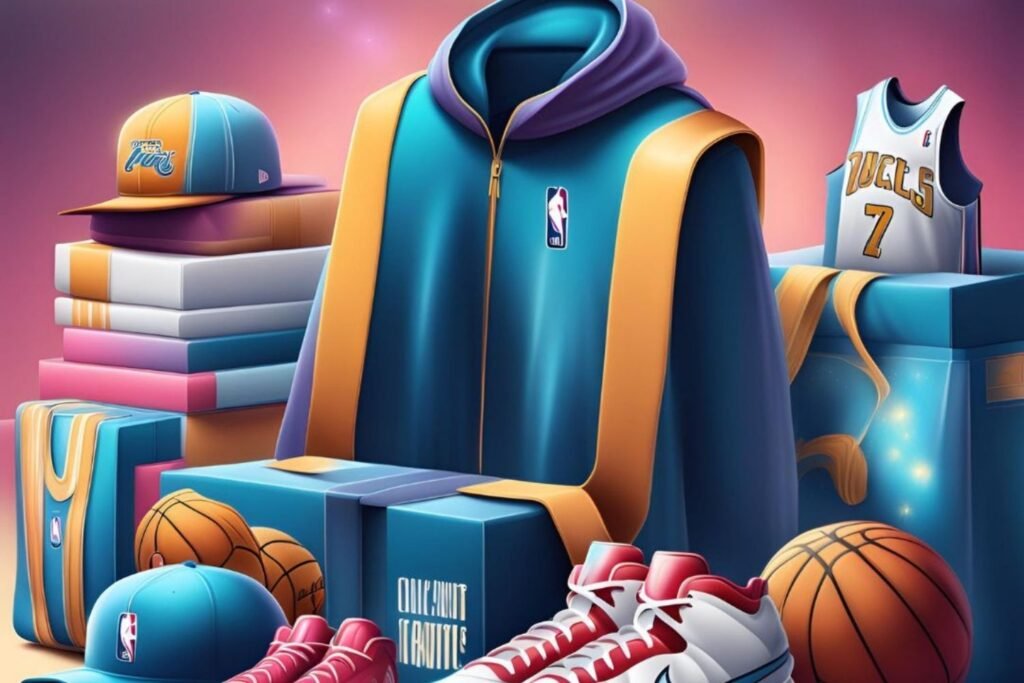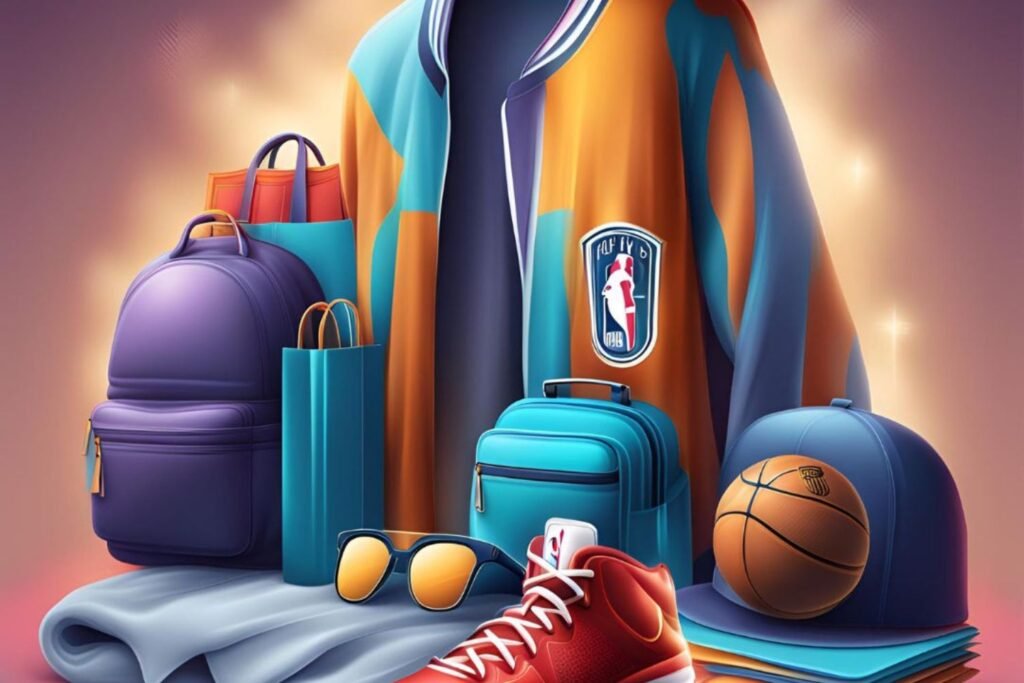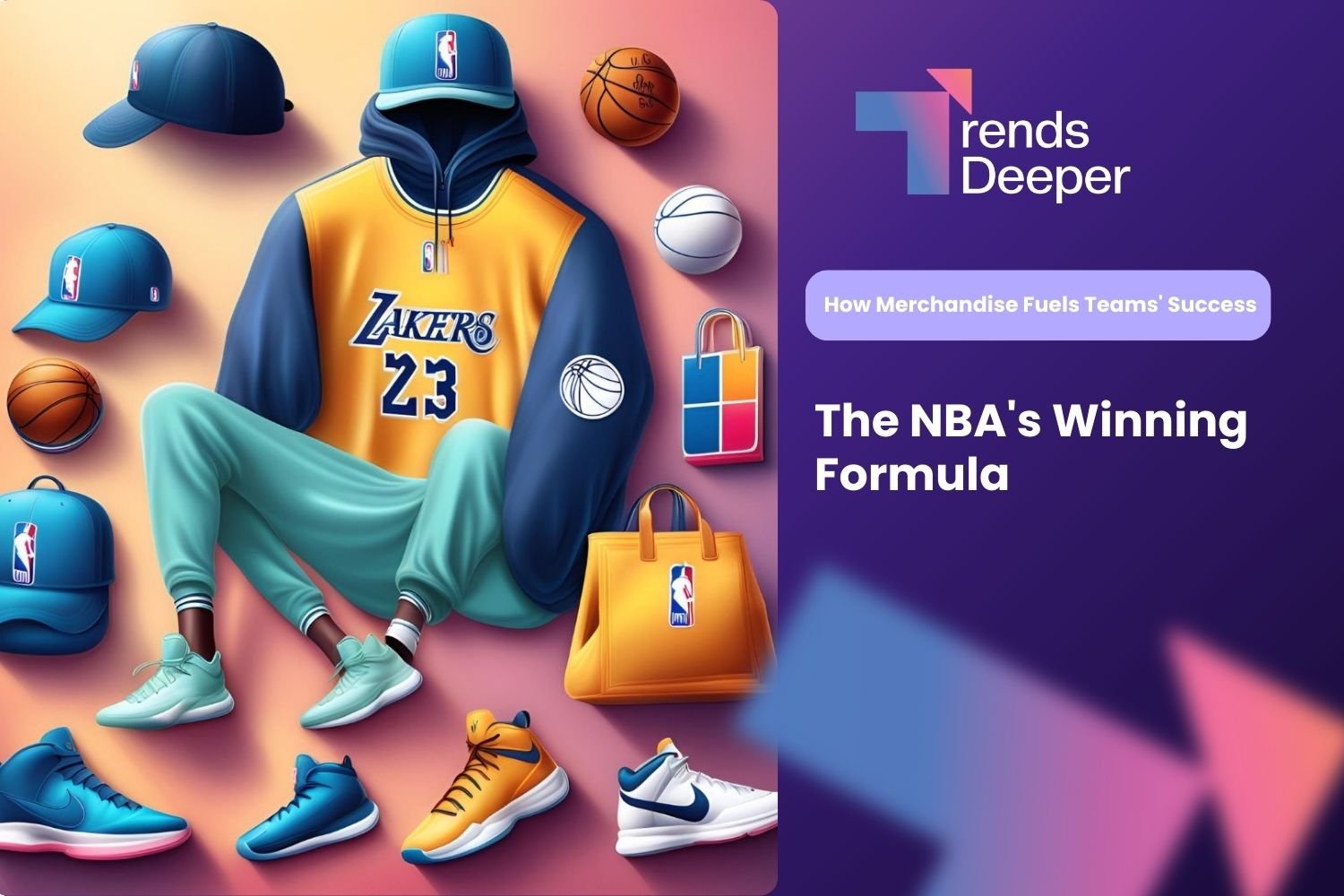The NBA’s revenue streams are diverse, with merchandise playing a significant role in the financial ecosystem of basketball teams. Merchandise isn’t just about selling jerseys and hats; it’s a powerful tool for branding, fan engagement, and generating substantial revenue.
For teams, merchandise extends their brand beyond the court, turning fans into ambassadors who wear their loyalty proudly.
This not only strengthens the connection between the team and its supporters but also contributes to the league’s overall profitability.
Merchandise sales are intertwined with TV deals, sponsorships, and ticket sales, making them a vital component of the NBA’s economic model.

Merchandise allows fans to feel closer to the action, whether it’s by wearing a jersey of their favorite player or owning a piece of memorabilia.
It’s a tangible connection to the team, a way to showcase pride and support.
For the NBA, these sales are critical, particularly during off-seasons or when teams aren’t performing well, as they provide a steady revenue stream that supports operations and marketing efforts.

In recent years, merchandise has also become a fashion statement, with NBA gear crossing over into mainstream fashion.
Collaborations with designers and brands have elevated the status of NBA merchandise, making it desirable even to those who may not follow the sport closely.
This has expanded the market, bringing in new revenue from different demographics.
Merchandise is more than just a product for basketball teams. It’s a crucial element of their branding and revenue strategies, helping to sustain the financial health of the league and keeping fans engaged year-round.


